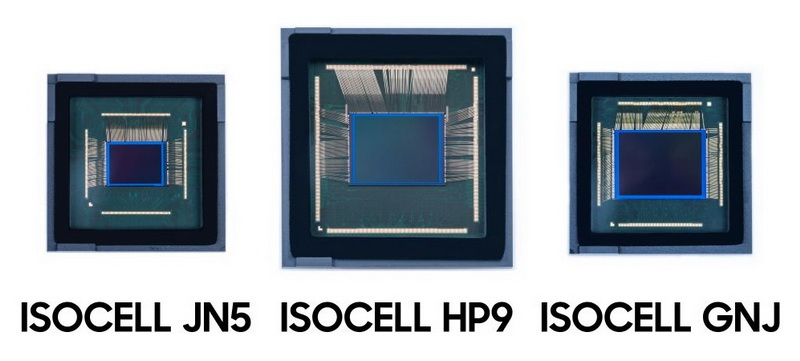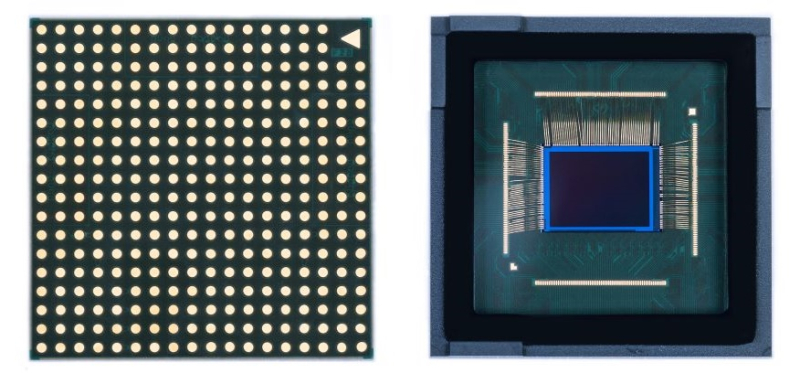Samsung has introduced three new image sensors designed for the main and secondary cameras of smartphones: ISOCELL HP9, ISOCELL GNJ and ISOCELL JN5.

Fonte da imagem: Samsung
Among the new products, the ISOCELL HP9 stands out. This is the first 200-megapixel sensor for mobile cameras with telephoto lenses on the market. The sensor is made in the 1/1.4-inch format and contains 200 million pixels with a size of 0.56 µm each. In the press release, Samsung states that thanks to patented highly refractive microlenses made of a new material, it was possible to significantly increase the aperture ratio of the HP9 by precisely directing light to the corresponding color filters. This provides a 12% increase in light sensitivity and a 10% increase in autofocus contrast, and also allows for a brighter image with better color rendition and more accurate focusing, compared to previous similar Samsung solutions.

ISOCELL HP9
The ISOCELL HP9 sensor uses Tetra²pixel technology that combines 16 pixels into one virtual 2.24 μm pixel. The HP9 also supports 2x or 4x in-sensor zoom modes and can achieve 12x hybrid zoom when combined with a 3x telephoto lens.

ISOCELL GNJ
The ISOCELL GNJ is a 1/1.57-inch sensor with a 50 MP resolution, Dual Pixel technology, and a 1.0 μm pixel size. The sensor’s main feature is the presence of two photodiodes in each pixel, which ensures fast focusing. This sensor uses advanced deep-tissue isolation (DTI) materials, where the transition from polysilicon to silicon oxide has minimized crosstalk between adjacent pixels. In addition, the sensor has increased energy efficiency. The manufacturer notes a 29 percent reduction in power consumption in preview mode and a 34 percent reduction in video shooting mode at 4K resolution at 60 fps.

ISOCELL JN5
The ISOCELL JN5 is another 50MP sensor, but in a much more compact 1/2.76-inch format with 0.64 µm pixels. It includes dual vertical transfer (VTG) technology to improve intra-pixel charge transfer and reduce noise in extremely low-light conditions. Samsung also highlights the JN5’s Super Quad Phase Detection (Super QPD) technology, which improves autofocus. The sensor’s size allows it to be used as a base for secondary and front cameras.
In its press release, Samsung did not say when the said sensors would appear in smartphones. However, as reported by GSMArena, the flagship Vivo X100 Ultra smartphone uses a telephoto camera based on the ISOCELL HP9.
